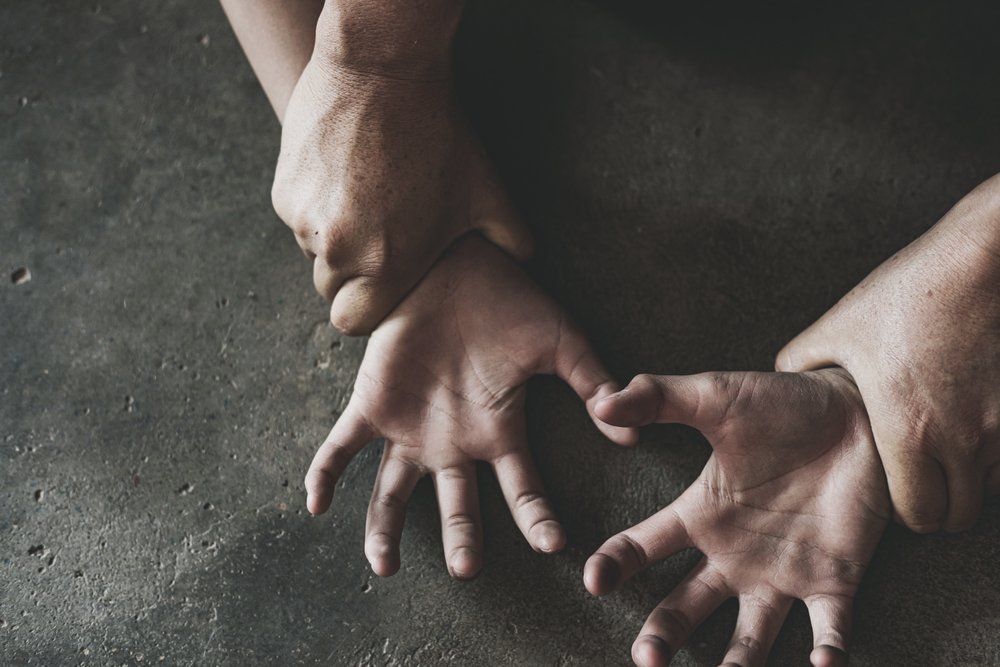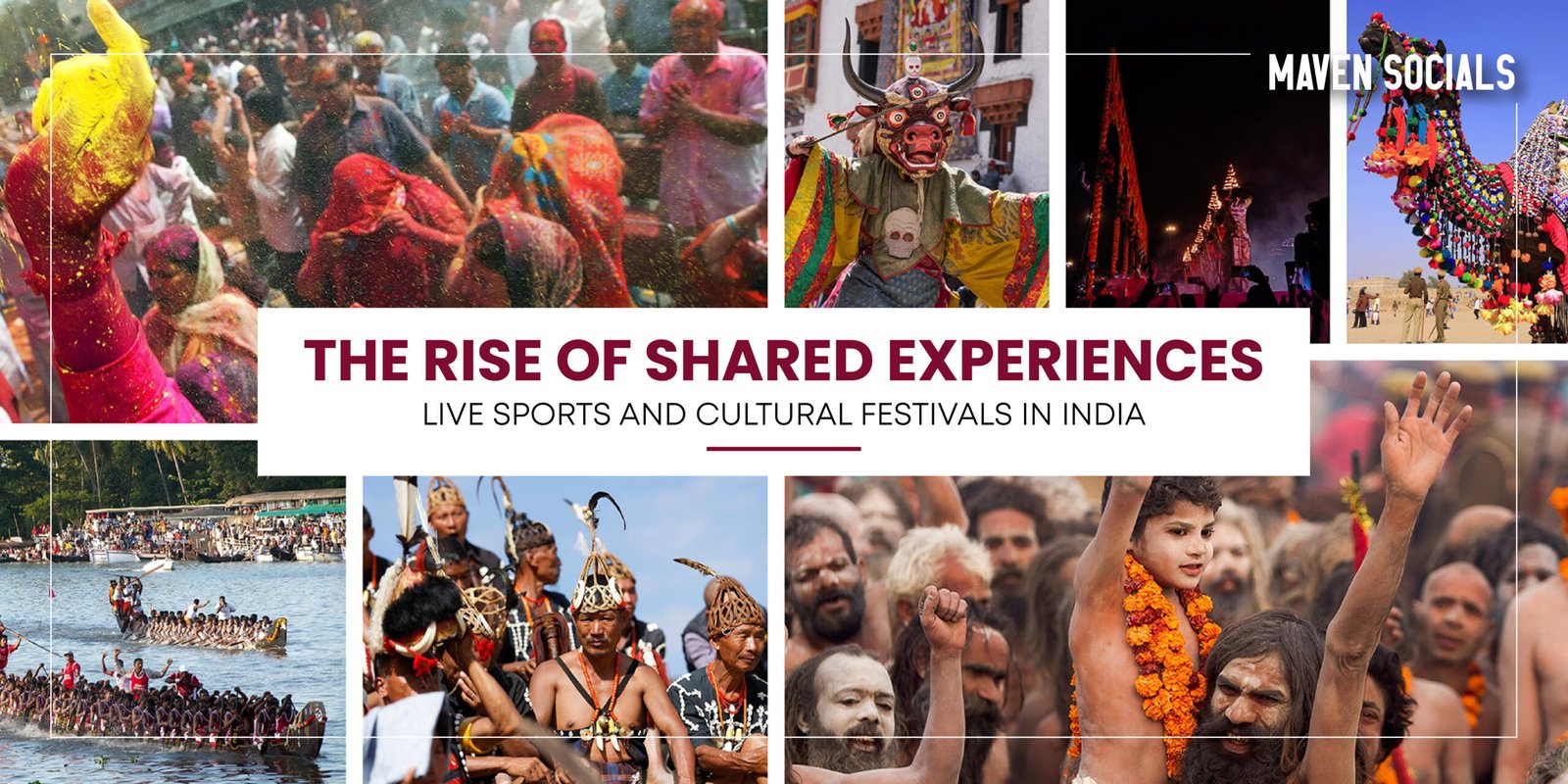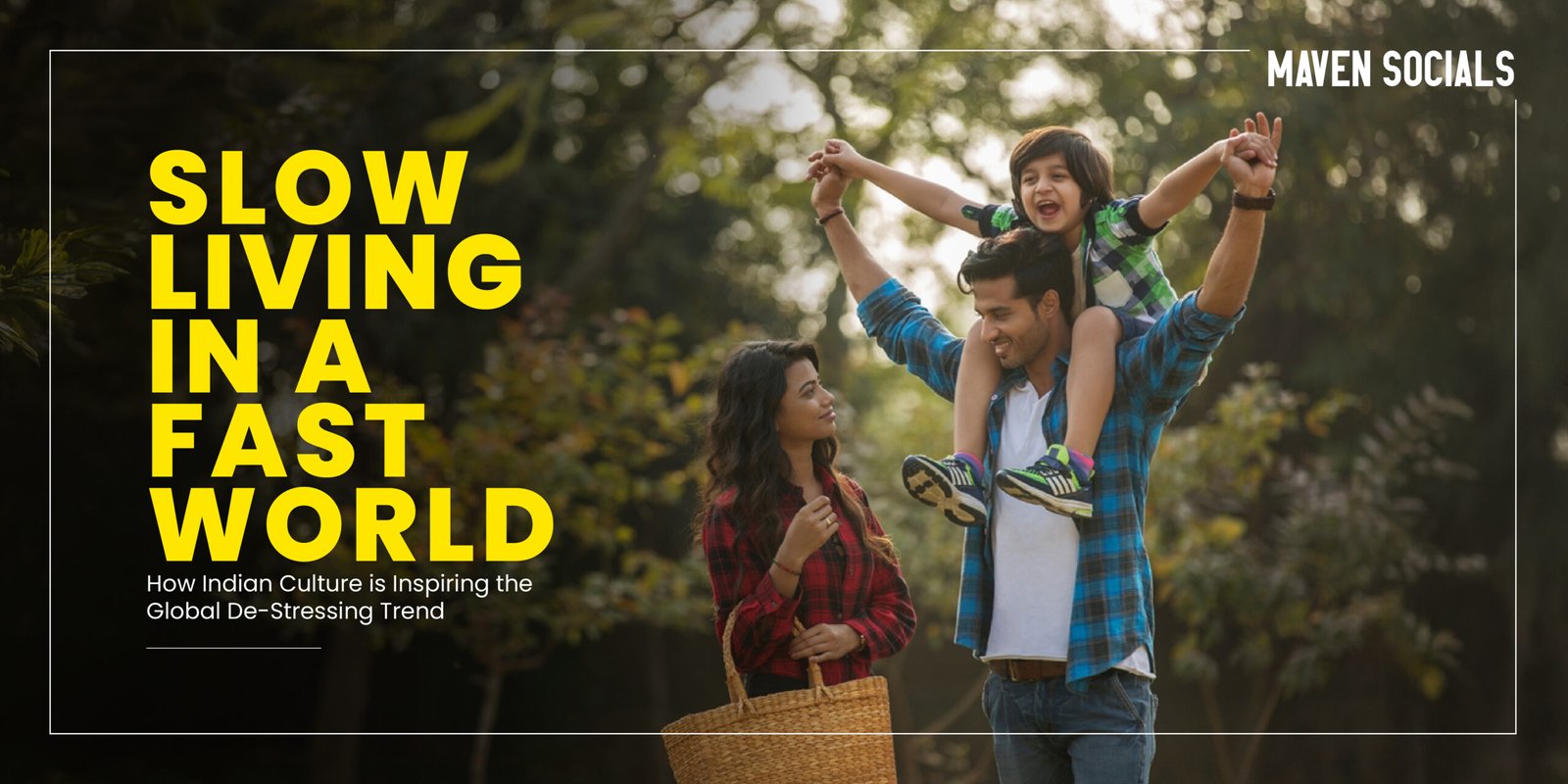While scrolling through social media, I came across this: “A whole generation worked to empower women but forgot to teach men how to live with empowered women.” Hard-hitting, isn’t it?
At the same time, what’s deeply unsettling is how quickly even my algorithm will push this truth aside, moving on to the next fleeting trend. It’s disheartening yet similar to the harsh truth about our society today—where ignorance is bliss as long as it doesn’t directly affect us. But how long can we hide from the reality that it might one day touch us all? With the horrifying rise of rape incidents across India, it’s frighteningly easy to imagine any of us—myself included—becoming a headline.
Despite our strides in empowering women, it feels like we’re constantly battling the darkness of misogyny and systemic failures that overshadow our progress.
These cases that have shaken our collective conscience in the past, even today, remind us of our struggle. Although these sparked outrage, led to legal reforms, and propelled nationwide discussions about women’s safety, I can’t help but ask myself, “Could it be me next time?” This fear, this uncertainty, is the heavy reality of what it means to be a woman in our country today.
Aftermath of Five Rape Cases That Shook India
1. Nirbhaya Rape Case (2012)
In December 2012, a young woman was brutally tortured and gang-raped in Delhi, a crime so heinous that it shook the entire nation. The public outcry led to the formation of the Justice Verma Committee and significant amendments to India’s criminal laws. The perpetrators were eventually executed, but what lingers is the deep-rooted cultural rot that cannot be cleansed by legal changes alone. Nirbhaya’s parents have become relentless advocates for justice, but their activism underscores the ongoing battle against societal attitudes that continue to endanger women. I can’t help but wonder, despite these reforms, why do I still feel so unsafe?
2. Shakti Mills Gang Rape Case (2013)

Just months after Nirbhaya, another woman—a photojournalist—was gang-raped in Mumbai’s Shakti Mills. The swiftness of the justice served, with the death penalty for the offenders, was a glimmer of hope. Yet, this case revealed the fragile nature of women’s safety in public spaces, even in professional environments. The survivor’s resilience is inspiring, but the fear remains. As I walk down streets and work late, the anxiety is palpable—how much has truly changed?
3. Unnao Rape Case (2017)
A teenage girl was raped by a powerful politician in Unnao, Uttar Pradesh. Her fight for justice was met with systemic apathy, harassment, and threats—a reflection of the deep corruption that permeates our legal and political institutions. Even after the politician’s conviction, I cannot shake off the feeling of vulnerability. If the system could almost fail her, what about the countless others who suffer in silence? The fear of not being believed or protected haunts me.
4. Kathua Rape Case (2018)

A girl from a nomadic Muslim community was abducted, raped, and murdered in Kathua, Jammu & Kashmir. The crime was intended to terrorise her community, a chilling reminder of how gender-based violence intersects with communal hatred. The aftermath was a nation divided, with some defending the perpetrators. This case makes me question the very fabric of our society—if a child can be used as a pawn in a communal conflict, how safe am I, or any woman, in this land of deep-seated biases?
5. Hathras Rape Case (2020)

The gang rape and death of a young Dalit woman in Hathras, Uttar Pradesh, and the subsequent forced cremation of her body by authorities left me numb. It was not just about gender-based violence but also the brutal intersection of caste discrimination. The nationwide protests brought attention, but the pain lingers. The caste system’s grip is so firm that it can dictate the worth of a woman’s life. This case makes me question the safety of every woman in India—how many more lives will it take before we genuinely change?
Unveiling the Darkness: The Psychology of Rapists
Understanding the psychology of those who commit such heinous acts is essential, yet it is a journey that leaves me conflicted and afraid. Research shows that many rapists are driven by a need for power, control, and dominance—traits often rooted in deeply ingrained misogyny. It terrifies me to know that such individuals view women not as humans but as objects to be subdued.
Societal Influences
I see how our patriarchal society feeds this mindset, where men are raised to believe in their superiority and entitlement over women. This toxic masculinity, where men are taught to suppress emotions and equate strength with violence, leaves me worried. If these values are instilled in boys, how do we break the cycle?
Psychological Profiles
The traits associated with rapists—narcissism, psychopathy, a profound lack of empathy—are chilling. They are often men who feel entitled to control others, especially women. Some may have experienced trauma themselves, but not every trauma survivor turns into a perpetrator. This realisation fills me with dread; if such twisted mindsets are left unchecked, what hope do we have?
Rehabilitation and Deterrence
I believe understanding the psychology of rapists is crucial for rehabilitation, but how do we begin to reshape such deeply entrenched attitudes? It makes me fearful to think about the number of potential offenders out there, unseen, untreated. Early intervention and education might be the key, but are we doing enough? This uncertainty keeps me awake at night.
These Unsettling Thoughts: Until When?
As I sit here, reflecting on the stories of these women, my heart aches with a mix of despair and hope. Despair, because despite the outrage, the protests, the legal reforms, the deeply ingrained attitudes that allow such horrors to occur remain largely unchallenged. Hope, because in the faces of Nirbhaya’s parents, in the voices of the survivors, and the work of countless NGOs, there is a relentless drive to create a safer world for women. But is hope enough?
I am torn between the desire to believe in the possibility of change and the fear that ignorance will continue to prevail. The road to justice is long and fraught with obstacles, and I worry—what if we never truly get there? What if this fear, this constant vigilance, is something I’ll always carry with me? But I also know that giving in to that fear would be the ultimate victory for those who seek to oppress us.
So, I hold on to hope, fragile as it may be. I will continue to speak out, fight, and demand that my voice be heard. And maybe, one day, we will live in a world where women can walk free without the weight of fear on their shoulders. Until then, I remain vigilant, hopeful, and fighting for a world where justice is more than just a distant dream.













